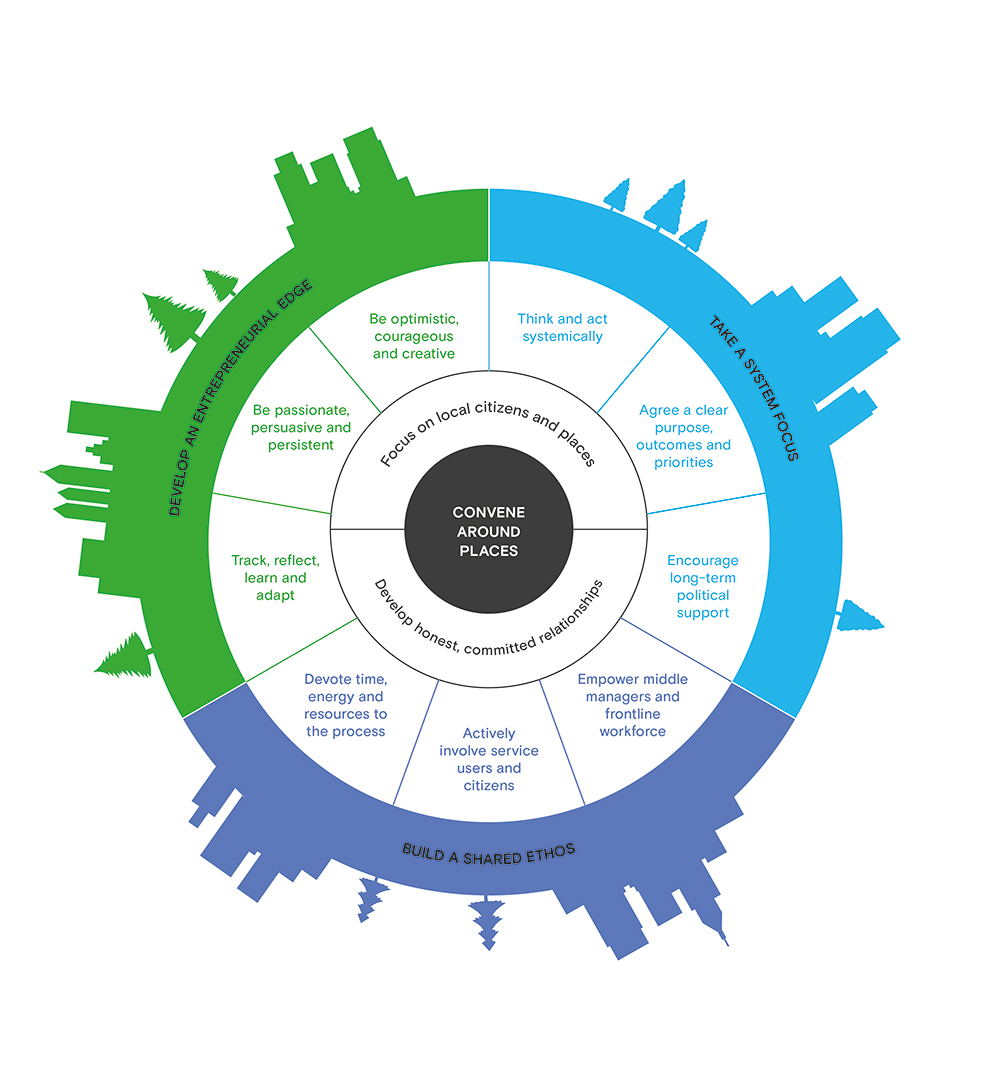Think like a network, act like a node.
 At IISC, we continue to emphasize that networks, not organizations, are the unit of social change. Part of the reason for this is that networks at their best are able to leverage what are known as “network effects.” These effects, as described by Madeleine Taylor and Peter Plastrik, include the following:
At IISC, we continue to emphasize that networks, not organizations, are the unit of social change. Part of the reason for this is that networks at their best are able to leverage what are known as “network effects.” These effects, as described by Madeleine Taylor and Peter Plastrik, include the following:
Rapid Growth and Diffusion
Through its myriad nodes and links, as well as the ongoing addition of participants and new pathways, a dense and intricate network can expand quickly and broadly. This can be critical for spreading information and other resources and mobilizing actors in ways that organizations simply cannot achieve.
Small World Reach
As a network adds connections, between and beyond organizations, and those connections in turn add their own connections, the overall reach of the network can easily shrink geographic and other forms of distance and separation. The subsequent ability of participants to discover and work with one another across expanses and barriers means that new partnerships and ideological convergences can happen, leading to greater efficiency, shared intelligence, and innovation.
Resilience
Provided a network (including a community or social movement) is not overly centralized and dependent upon a limited number of larger hubs (holding most of the connections to other nodes), it can stand up to certain pressures, including the loss of some of its nodes and links as it reorganizes around disruptions or bottlenecks. Furthermore, redundancy of and overlapping functions and knowledge enhance a network’s ability to absorb shocks without collapsing.
Adaptive Capacity
To the extent that it is intricately connected, diversely composed, with free flowing information, not to mention nimble/able to self-organize, a network can respond quickly to environmental shifts, assembling a variety of capacities/responses and disassembling them as needed.

Systemic Change
Though implied above, it is important to note that in a network it is not just the number and pattern of links that matter, but the quality and depth of the connections and what these can facilitate in terms of what flows through the various channels. Furthermore, it matters who is connected to whom, and what resources flow between these actors. As patterns of connection shift and strengthen and flows of resources are enhanced in different ways to different parts of a network, this can add up to systemic change.
“Systems change when new networks supplant the old.”
-June Holley
Behaviors to Leverage Network Effects
All this said, what can network participants do alone and/or together to maximize network effects? Here is a list of 20 helpful behaviors/practices (with recognition of the thought leadership of the likes of June Holley, Harold Jarche, john powell, Sally Goerner, Gibran Rivera, Beth Tener, Cynthia Parker, Robin Chase and others) to which I heartily invite additions:
- Weave connections and close triangles – create intricacy in the network
- Create connections across boundaries/dimensions of difference – invite and create diversity in the network
- Promote and pay attention to equity throughout the network (racial equity impact assessmentsare an example of a helpful tool on this front)
- Be aware of how implicit bias impacts your thinking and actions in the network; practice de-biasing strategies
- Think, learn and work out loud
- Keep information and other resources flowing/don’t hoard
- Articulate your own needs and share them with others
- Think about others’ needs and how you might help to meet them
- Make ongoing generous offers to others – services, information, connections
- Help connect needs and offers throughout the network
- Stay curious and ask questions; inquire of others to draw out common values, explicit and tacit knowledge, other assets
- Listen, listen, listen – for values, needs, assets, patterns/themes
- Identify and share underutilized assets/excess capacity
- Promote others’ and their work
- Express authentic appreciation of others
- Share credit
- Create and use platforms (in-person convening and virtual sites) that allow people to find one another, create new connections, match interests and needs/offers and needs, and share information freely
- Curate information/data to make it more accessible, attractive and digestible
- Support and practice self-organization
- Celebrate small and large successes/key developments all along the way
To learn more, please visit: Interaction Institute






